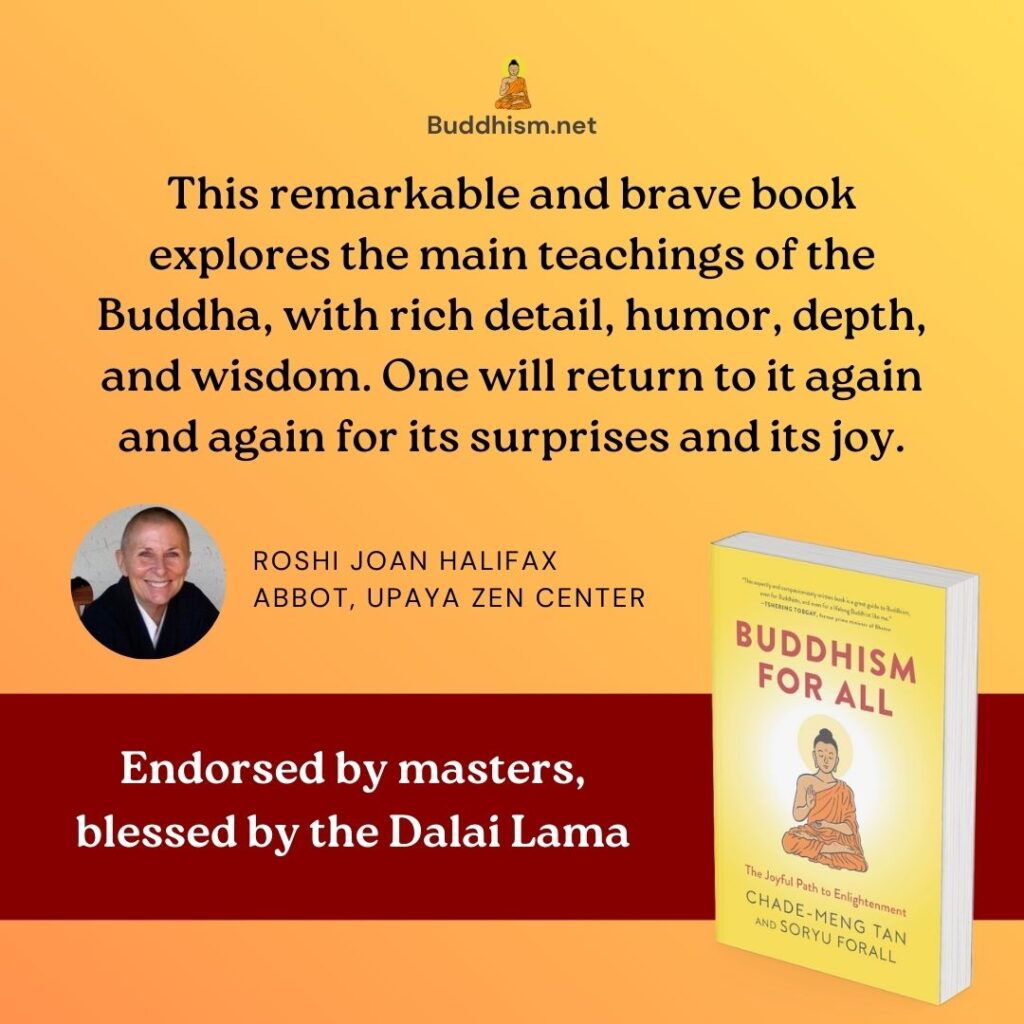
“Master, when you were young, did you also have sects?”
(Context: The history of sectarian Buddhism.)
According to the popular narrative, sectarian Buddhism started with a schism at the Second Buddhist Council due a disagreement over monastic rules.
Remember that the Buddha passed without naming a successor? The good news is that it left the Sangha (the monastic community) somewhat of a democracy without a formal power hierarchy, which means everything was decided by discussion and consensus among senior monks. The bad news is consensus is vulnerable to bad actors, and the bigger the community, and the further away in time from the Buddha’s passing, the more likely it was for bad actors to create real problems.
Roughly a century after the First Buddhist Council, there was a problem with a number of monks who broke the monastic code but refused to admit fault. Since there was no formal monastic hierarchy and that everything must be decided by consensus, there was nothing the community could do except to call a major meeting and deal with these issues. That meeting was the Second Buddhist Council.
During the Second Council, a major disagreement emerged between a small group of elders (Sthavira, “sect of elders”) and everybody else (Mahāsāṃghika, “majority community”). The elders wanted to add more rules to the Vinaya while the majority resisted. Accusations flew in both directions, and matters became unresolvable. Eventually, there was a schism where those two groups broke off. The group of elders eventually became what we know today as the Theravada, and the majority community eventually became what we know today as the Mahayana. Eventually, the Mahayana branch in Tibet became a distinct branch and called itself the Vajrayana.
That is the popular narrative. I think this narrative is, at best, “based on a true story.” What actually happened? The answer is: nobody today knows for certain. The account of the schism is recorded by four separate schools of Buddhism, but they do not match up.
First, the dates are different, the different accounts put the schism either before, during or after Ashoka. There is also a difference in the account of the cause of the schism, whether it was due to disagreement over the Vinaya or doctrinal matters. And then there is this character of Mahādeva, who is mentioned in one account as a thoroughly evil man who caused the schism, but modern scholars agree that the historical Mahādeva is very likely an entirely different person with no connection at all to the schism (in fact, he was probably born centuries later).
What is one to make of all this? Buddhist scholar monk Bhikkhu Sujato puts forth a hypothesis in his book, Sects and Sectarianism[1], that is a radical departure from the popular narrative which, upon reflection, I suspect is the correct hypothesis. Sujato’s hypothesis is that there was no schism per se. Yes, there were disagreements, there was tension, there were real problems to be resolved at the Second Council, and there may even have been heated exchanges, but it was not enough to cause a schism. There was no one dramatic event which caused one group to say, “That’s it, I’m so done with you, I’m out”, and broke away. Of the four accounts of the schism, Sujato says none stands up to scrutiny, and that, “The sectarian accounts in which these ideas are found are mythic texts whose prime purpose is to authenticate the schools.” Instead, he thinks sectarian Buddhism was a natural outcome of large numbers of monastic communities spread over a large area whose geography makes communication between the communities challenging.
This is a departure from conventional wisdom, but this well-documented story can out things in perspective: During the Tang Dynasty in China, there was a famous Zen Master called Mazu Daoyi (马祖道一, 709 – 788 CE). He was successful at attracting and training good disciples, who then also had good disciples. So, in just his lineage alone, two major schools emerged not long after him: his disciple’s disciple founded the Guiyang school (沩仰宗), while another of his disciple’s disciple’s disciple founded the Linji school (临济宗), which later spread to Japan as the Rinzai school. So, just in one localized geography, from a single lineage, two major schools emerged in a short time, due entirely to the emergence of great masters. There was no painful schism here, the only reason these schools emerged was because of the super outsized influence projected by exceptional masters.
A similar process probably happened that brought us from unified early Buddhism to sectarian Buddhism, except the conditions that guided the process were much more fertile, being multiplied by greater distances, less forgiving geography, and due to closeness to the time, place and language of the Buddha, probably a much more frequent emergence of exceptional masters than we can reasonably expect. So, given all those conditions, the emergence of different schools of Buddhism was probably inevitable, hence sectarian Buddhism is a natural and expected outcome. Schism is sold separately, but not required.
This idea is reinforced for me by archeological finds. The region known as Gandhara, in present day Afghanistan and Pakistan, was a great bastion of Buddhism. Buddhists texts have been unearthed there dating back to the first century CE, and the texts that have been found are usually the early Buddhists texts together with what we think of today as the texts from later Buddhism. This suggests that people in that region were familiar with both forms of Buddhism and probably practiced them in tandem. It is even likely that monks training together in the same monasteries were practicing with these different approaches. This isn’t schism, it is harmony in diversity. It is probably like my meditation room, where I have the entire collection of the Nikāyas and the main texts from later Buddhism. It suggests to me that there was no painful schism, it was just schools emerging over time because of all those great masters, each of whom has his or her own personality and different way of teaching, compound that over many generations of masters and their personalities, and over time, you will end up with a proliferation of schools with very different flavors.
It feels like one of those family dramas where a bunch of cousins, while cordial, had always had an awkward relationship because their late fathers (who were brothers) had a painful falling out. And then it turns out that there never actually was a falling out at all, they just kind of drifted apart over the years after they moved to different cities and adopted different political views. And then it turns out the falling out stories were myths perpetrated by stepmothers on both sides, and the cousins only figured it out when they discovered the stepmothers’ stories didn’t match, and the letters they found from their late fathers to each other were friendly. I think we may be like that.
Even today, there is a cordial but still awkward relationship between different branches of Buddhism, due partly to the discomfort around the original schism. But what if it turns out that the schism never actually happened at all? Then all that awkwardness around having sects was for nothing.
Activities
- Reflect on this post with Angela:
- What feelings or emotions (if any) arise as you read this post?
- What difference, if any, does knowing the history of the formation of different sects, make to your own faith, study and practice of Buddhism?
- For me, I contemplate the web of causes and conditions that have to come together, for the formation and continuation of major schools and sects. I apply this contemplation to my own life, and trace the history of how I came to learn the BuddhaDharma and I give thanks to all wise and compassionate teachers who are tirelessly teaching today.
References
[1] Bhikkhu Sujato, Sects and Sectarianism. Santipada (2012).
Artwork by Colin Goh.


